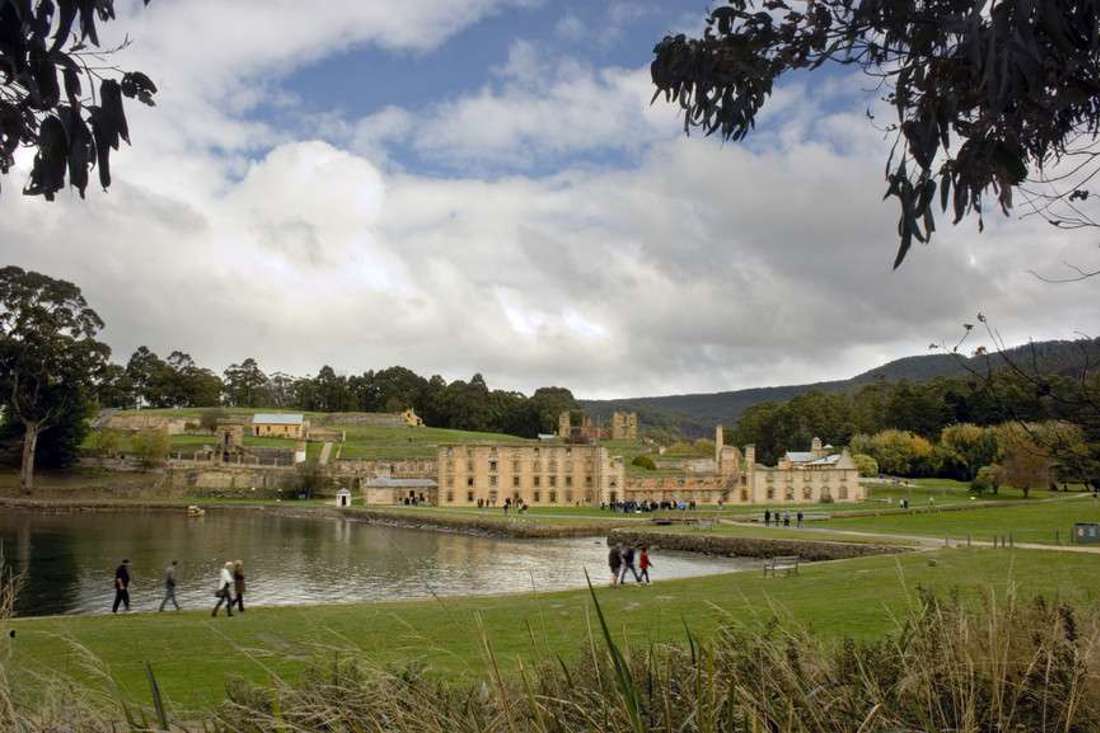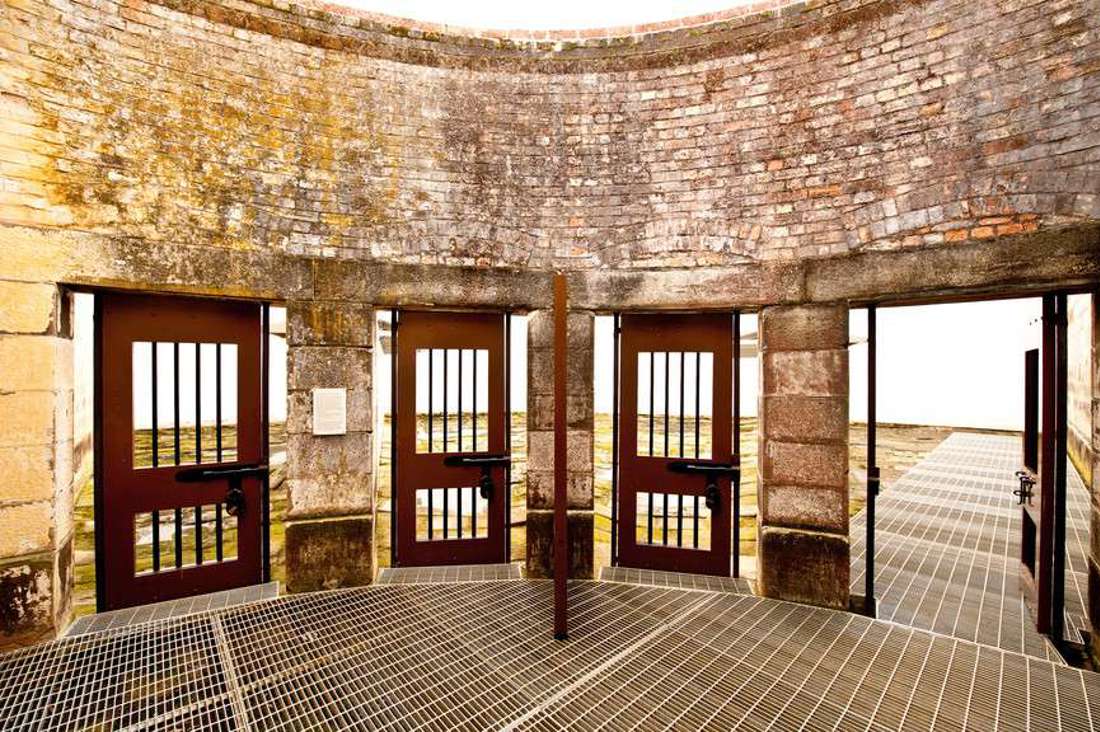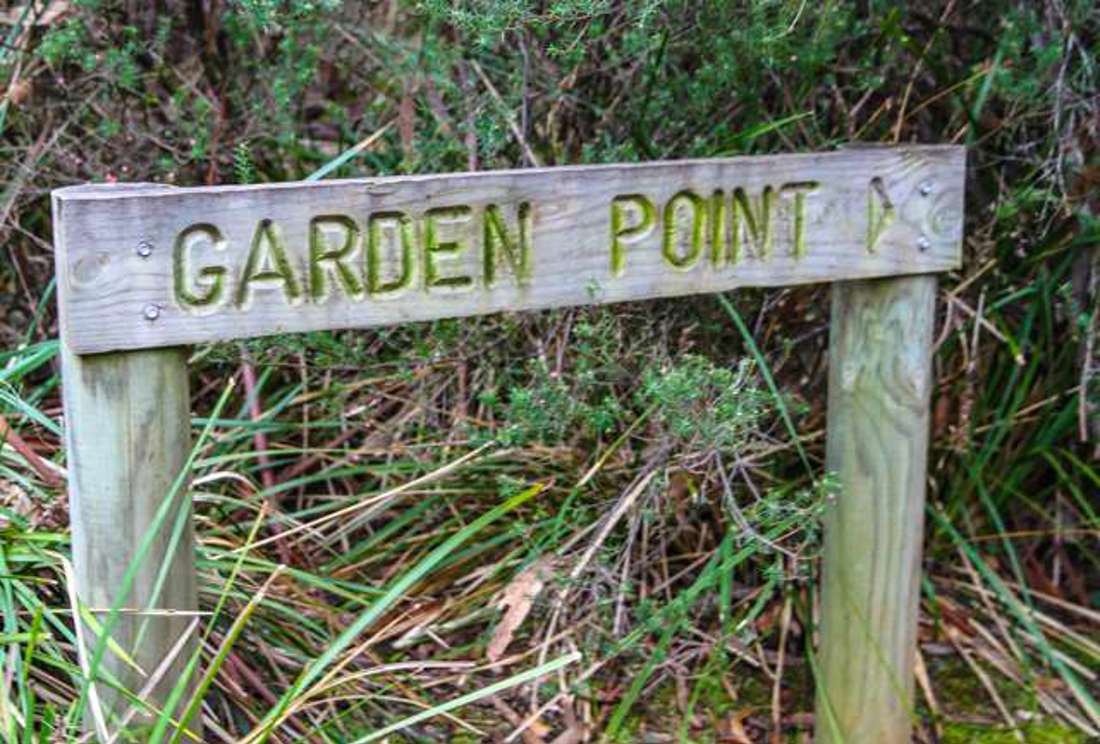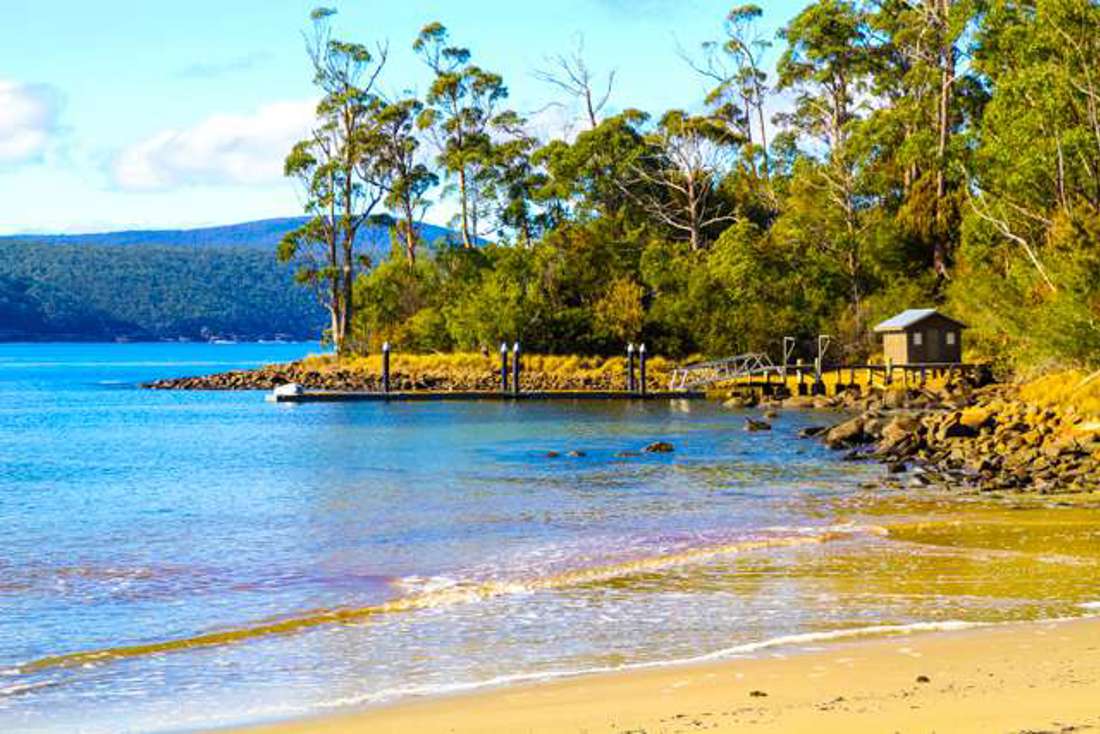
5 facts about Tasmania’s Port Arthur Historic Site
Blog contribution by Jennifer Adams, presenter of the popular TV travel series Places We Go
Here is an interesting question to discuss around the dinner table – do you know if you have any convict stories within your own family history? It’s certainly adds an intriguing twist to many Australian families. And on our recent visit to the Port Arthur Historic Site, the home of what was our country’s largest penal colony, this topic was discussed with much interest.

Port Arthur Historic Site in Port Arthur, Tasmania
We arrived at the World Heritage-listed property deliberately early, before the crowds. As soon as we stepped onto the grounds, a sudden silence came over our group; I felt heavy, yet at the same time struck by the beauty of the surrounds.
The stone prison stands as a vision in front of the bay; the usual harshness of a penitentiary is absent from the outside, for there was no need for the usual prison walls or barbed wire. The natural form of the landscape of the surrounding bushland and ocean was all that was needed.
Our guide, Colin, had such a passion for bringing the stories of Port Arthur to life. In fact, he had worked at the site for longer than most convicts would have served.
The site was initially established in 1830 as a timber-getting camp for government projects but within a few short years became the penitentiary site for repeat-offending convicts from Australian colonies. It also managed several outstations that produced raw material like food and timber.
While many of us learnt our Australian history in the classroom at school, here are a few interesting facts not widely known about those convicts who served time at Port Arthur.

The inside of the prison built by the convicts.
1. The convicts built their own prison walls. No thanks.
It’s hard to imagine that they would really care about leaving a few bricks loose!
The initial industrial penal settlement was built of timber from the surrounding forest and was home to key manufactories, such as ship building, shoemaking, smithing, and timber and brick making. But by the 1840s, Port Arthur was home to more than 2000 convicts, soldiers, and free officers (and their families), and by 1848 the first stone was laid by the prisoners for the separate prison, which stands as a central attraction today.

The grounds of Port Arthur are extensive.
2. An ambitious experiment….. but did it work?
Believe it or not, despite all of the cruelties that went on at Port Arthur, the Governor was trialling an ambitious experiment around the philosophy that prisoners could reform while still being punished.
The authorities’ aim was to offer its prisoners the opportunity to turn themselves into useful citizens of the future by building a system on punishment and discipline, classification and separation, religious and moral instruction, trade training, and education.
But for the convict who did not abide by the rules, life was harsh.
It operated under the system of the separate prison system, which signalled a shift from physical punishment to psychological. For example, food was used to reward well-behaved prisoners, and as punishment for badly behaved prisoners who would receive the bare minimum of bread and water.
As a punishment they were also hooded and made to stay silent, to allow time to reflect on what they had done wrong. Many formed a mental illness.
I sat inside the isolation cell with the door closed for a couple of minutes. I had to enter several doors before I reached the final cell. It was literally pitch black, not even a slight crack to know if it was day or night. The constant darkness was terrifying; the silence was deafening.
3. Convict tattoos… more than just for decoration.
It’s nice to know some things are woven through history. Go back 180 years, and even convicts had a thing for tattoos. And just like today, they were for many and varied reasons. From purely decorative, to a tribute to a loved one, and even a reminder of a trial date, or in fact when their sentence would be complete.
While some of the most common tattoos were that of a woman, a cross or crucifixion, a heart with the initials of a loved one, a man, and a mermaid – the most popular was that of an anchor, which was a symbol for hope.
4. Drawing the short-straw… the life of a soldier
There was no glory in guarding convicts.
Speak to most soldiers and they say they train for battle to defend their country and that of their allies.
So imagine being called up for duty when there is not only no chance for any of that, you’re across the other side of the world in a place called Van Diemen’s Land.
Most regiments posted at Port Arthur regarded it as a low point in their history. Their main job was obviously security, watching over the convicts working in the bush or building boats, and of course chasing after escapees.
With their accommodation next to the Commandant’s house, it wasn’t all bad news. Senior offices and their families apparently had busy social lives and enjoyed dinner parties!

Garden Point at NRMA Port Arthur Holiday Park.
5. The beauty of Garden Point.
Most convicts lived a life of heavy labour, and for those already skilled they would be put to work in their trade. But for those men who were too weak for the heavy lifting, you’d find them in the gardens or performing light duties.

Enjoying the tranquil surrounds
It was impossible not to contemplate the stark contrast of Port Arthur’s dark past and the incredible beauty of the waterfront views that surrounded us.
Discover more about Port Arthur and Tasmania at www.discovertasmania.com.au
Jen X













































